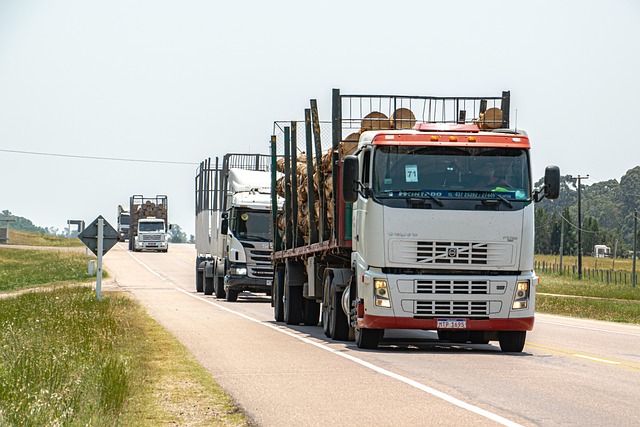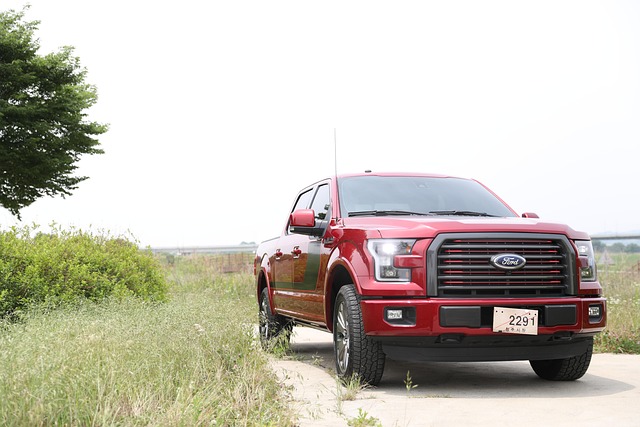Looking to register your car in California? This comprehensive guide breaks down the process step-by-step, ensuring a smooth experience. From understanding key requirements and gathering essential documents to verifying your Vehicle Identification Number (VIN) with a reliable VIN verifier, you’ll learn best practices for success. Discover the various registration methods available and complete the application process effortlessly.
- Understand California Car Registration Requirements
- Gather Necessary Documents for Car Registration
- Verify Vehicle Identification Number (VIN) Accuracy
- Choose a Preferred Registration Method in California
- Submit Application and Complete Registration Process
Understand California Car Registration Requirements

Before registering your car in California, it’s crucial to understand the state’s specific requirements. One key aspect is ensuring your vehicle has a valid and accurate Vehicle Identification Number (VIN) verifier, often provided by the manufacturer or through reputable third-party services like mobile VIN verification or inspection. This unique 17-character code is essential for identifying your car and verifying its history, including any previous owners or accident damage.
California requires you to have a clean title, up-to-date registration, current emissions test (or exemption), proof of insurance, and completed forms from the California Department of Motor Vehicles (DMV). Additionally, mobile VIN verifier apps can be used to streamline the process by quickly checking your car’s history, ensuring all details are accurate before submitting your registration application.
Gather Necessary Documents for Car Registration

Before you begin the registration process, it’s crucial to gather all the essential documents. These include your vehicle’s Certificate of Title (or Proof of Purchase), a completed California Vehicle Registration application form, and identification proving your residency in the state. Additionally, one of the most critical steps is obtaining a valid Vehicle Identification Number (VIN) verification. You can do this through a mobile VIN inspection or by visiting an official inspection station. The VIN verifier ensures that the vehicle’s details match the information on record, which is essential for accurate registration.
Furthermore, if you’re financing your car, you’ll need to provide proof of insurance and a copy of your loan agreement. It’s also beneficial to check with the California Department of Motor Vehicles (DMV) about any specific requirements or forms needed, especially if your vehicle is new or has been recently imported. Having all these documents ready will make the registration process smoother and faster.
Verify Vehicle Identification Number (VIN) Accuracy

Before registering your car in California, it’s crucial to ensure the Vehicle Identification Number (VIN) is accurate and valid. The VIN is a unique code that identifies your vehicle, so any errors could lead to registration issues or even legal problems down the line. One effective method to verify the VIN’s accuracy is through a mobile vin verification service. These services allow you to quickly and conveniently check the VIN against state records using just your smartphone.
A mobile vin inspection can help you catch any discrepancies early in the registration process, saving you time and potential headaches later. By ensuring your VIN is correct, you’re one step closer to smoothly registering your car with the California Department of Motor Vehicles (DMV).
Choose a Preferred Registration Method in California

In California, there are two primary methods to register your vehicle: in-person at a DMV field office or by mail. Each method has its advantages and considerations. If you prefer a more convenient approach, opt for mobile VIN verification, where a professional inspector can perform a vin inspection right at your location, saving you the hassle of visiting a DMV. This service is particularly useful if you have multiple vehicles to register or face challenges with transporting your car to a field office.
On the other hand, if you’re looking for a straightforward and direct process, visiting a DMV office remains an option. You can complete the registration in person, ensuring all documents are valid and accurate. Additionally, some individuals may choose this method due to the availability of real-time assistance from DMV staff. Regardless of your chosen method, having a reliable VIN verifier—whether it’s through mobile vin verification or a traditional inspection—is essential to ensure a smooth registration process.
Submit Application and Complete Registration Process

After gathering all the necessary documents and ensuring your vehicle meets California’s requirements, it’s time to submit your application for registration. The process is straightforward but requires careful attention to detail. Start by filling out the Application for Title and Registration (Form DV302) completely and accurately. This form can be obtained online or from a California Department of Motor Vehicles (DMV) office.
Once your application is ready, you’ll need to complete the registration process, which includes submitting the completed form along with all required documents, fees, and passing any necessary inspections like a safety inspection and emissions test. For added convenience, consider opting for a mobile vin inspection or vin verification service, allowing you to complete these steps from the comfort of your home or office.
Registering a car in California involves understanding state requirements, gathering essential documents, verifying your vehicle’s VIN using a reliable VIN verifier, and choosing an efficient registration method. By diligently completing these steps, you’ll ensure a smooth process and gain legal access to California’s roads. Remember, accurate information and proper documentation are key to a successful registration.



